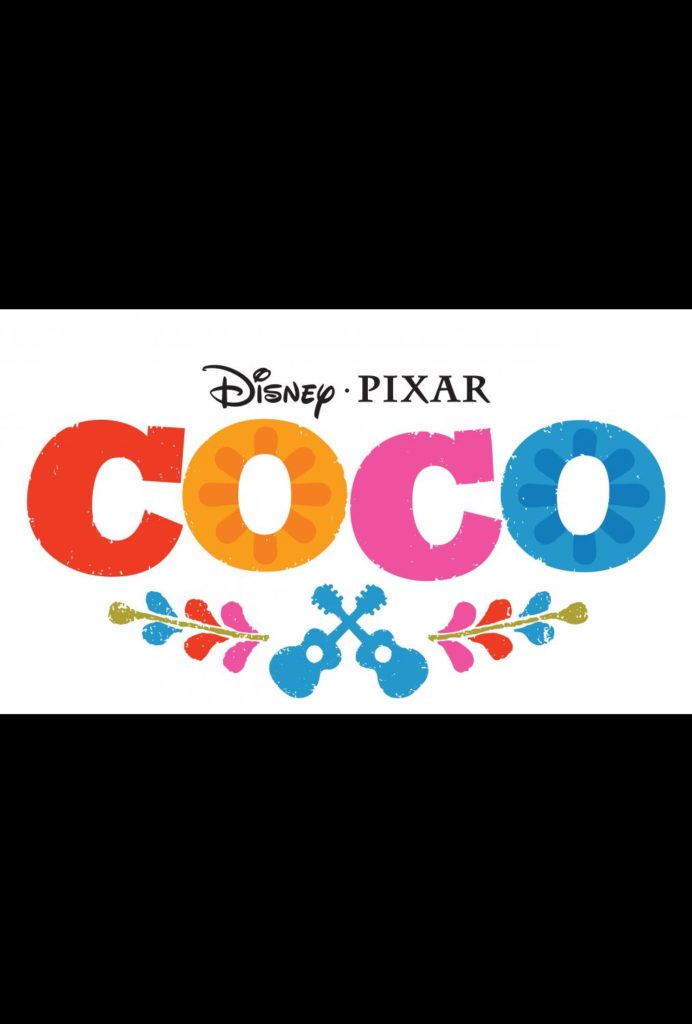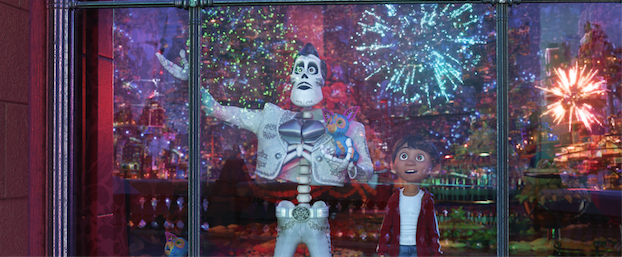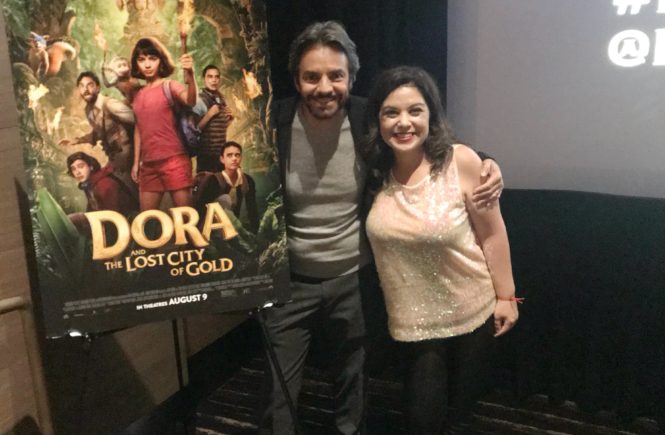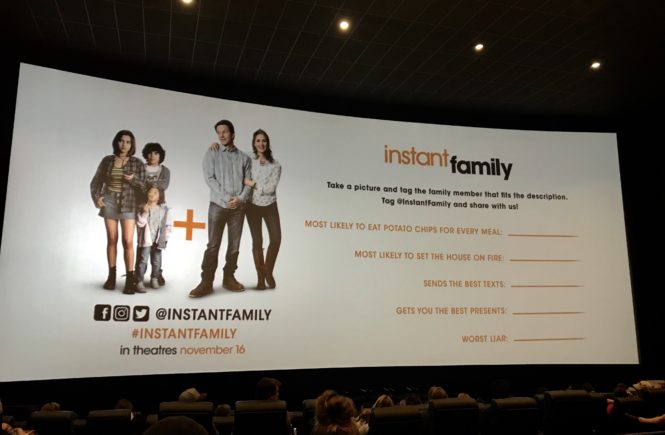La nueva película animada de Disney Pixar muestra al México que “llevamos en la piel” aquel lleno de cultura, de colores vibrantes, con valores familiares y de apego a sus tradiciones en particular al del Día de los Muertos. Este 22 de noviembre Disney Pixar Coco se estrenara en algún cine cercano a ti.
Para los mexicanos que viven en Estados Unidos, Coco los transportara al baúl de los recuerdos a aquel México lindo y querido que ama la música, sus tradiciones, y a sus ídolos de las películas de la época del cine de oro mexicano que dejaron atrás al emigrar.
La cinta Coco se trata de Miguel, un niño que trabaja boleando zapatos que vive en un pueblo llamado Santa Cecilia. El cual quiere ser músico pero su familia tiene prohibida la música por un secreto familiar del pasado. Pero Miguel no se rendirá y junto con su perro Dante se verá envuelto en una aventura en la tierra de los muertos.
Tuvimos la oportunidad de conversar con Adrián Molina Co-Director de Coco, durante su visita a Phoenix quien presento un detrás de cámaras de “Coco” a los estudiantes de Grand Canyon University. Cuando Disney Pixar anuncio que iba a producir una película sobre el “Día de los Muertos.” Molina cuentista y caricaturista quien se unió al equipo de Disney Pixar en el año 2007 y ha sido participe en producciones como Ratatouille, Toy Story 3, y Monsters University. Se quiso integrar inmediatamente a esta producción.
Latinaology – I read you collect coins?
Molina – (Laughs) I don’t collect fancy coins, mostly stuff I find in the couch. When I was a little kid, every time I wanted something like a video game. My parents would say “you got to collect your money and save your pennies and do your chores.” So it’s funny, those things as a kid are imprinted in your brain. Even to this day, as an adult I like to collect my quarters and arrange my change (nickels, dimes, & quarters) because that’s what I use to do as a kid.
Latinaologly – Tell us your Story.
Molina – My mother is from Jalisco and my father is half-Mexican from Whittier, California. When I was growing up I used to visit my grandparents during Christmas or during Birthdays in the small town of San Sebastian del Alamo. Remembering times in the kitchen or in the courtyard, caused those memories to start coming back as I was working on this film.
The town this story takes place in, and the multigenerational household they live in harkened back to my personal memories of growing up and spending time there.
Latinaology– When did “Coco” awaken in your heart?
Molina- “I was probably Miguel’s age when I realized I wanted to draw and watch animated movies and TV shows. I was in the 7th grade when it occurred to me that cartoons were something people actually made and were used to illustrate films. That’s when I realized it was one of the things that I liked doing in my free time. When I found out it paid money, I thought that I could actually do it for the rest of my life. When I told my parents they were very supportive. They drove me to art classes and my dad took me around to tour colleges that taught animation and illustration. I think it’s so important for an artist to have a family that understands and supports you. That is what makes this story so interesting: seeing a kid find balance and find that support system.
Latinaology – Miguel, ends in the land of the dead, where he meets icons of the golden age of Mexican cinema. Is this the backdrop for the movie?
Molina- That was something my mother was very familiar with, and when my grandparents came to live with us in California, from Mexico. When they were older that was one of my memories of them, as they would always have a Spanish language channel turned on the TV, which were always playing black and white movies.
I didn’t understand the language back then, but it’s the time that you spent watching TV together and enjoying these characters, their personas and performances. To develop the character of Ernesto de la Cruz, I had to do research on my own of Pedro Infante, Jorge Negrete and Cantinflas films. The same with Miguel, who was an artist inspired to pursue his art but does not have the necessary role models to help him down that path. But he had the opportunity to meet these icons in the land of the dead and learn from them how to use his art to touch the world. And that’s the message that you can take from a film like this.
Latinaology – You gave the “chancla” its 15 minutes of fame. When using words like “chamaco,” do you think the non-Spanish-speaking audience will be lost in translation?
Molina- Laughs, its funny, there are moments in the film were you can tell where the “Mexicans” are! There are a couple of jokes that only certain people will get. (I laugh, it’s true mi gente)
That’s also the beauty of the Mexican language. We wanted to invite everyone in, even if you don’t know what they are saying. It’s usually also the time when acting is telling you what the abuelita is saying. In those opportunities we thought to add some Spanish and let both inhabit this film and use Spanglish when we can.
Latinaology – Will we see more multicultural movies from Pixar soon?
Molina- At Pixar, our films are director-driven and developed usually when a director brings an idea and the studio rallies behind it. This idea came from Director Lee Unkich and it goes to show there is a lot of beauty and lots to be learned from going out of your comfort zone and understanding someone from a different race and culture. This film shows that a story from a place like Mexico can have resonance all over the world. My hope is that in the future we see more of it and that it opens more doors to different voices.”
Al concluir nuestra conversación puede ver en los ojos de Adrian Molina que “Coco”— nació en su corazón, antes de que el llegara a los estudios Pixar.”Coco” ya es la película más taquillera de la historia de México y aunque muchos no se identificaran con el tema del Día de los Muertos, si lo harán con la música, la nostalgia, y el amor a la familia.
Hasta la proxima,
Sandra








